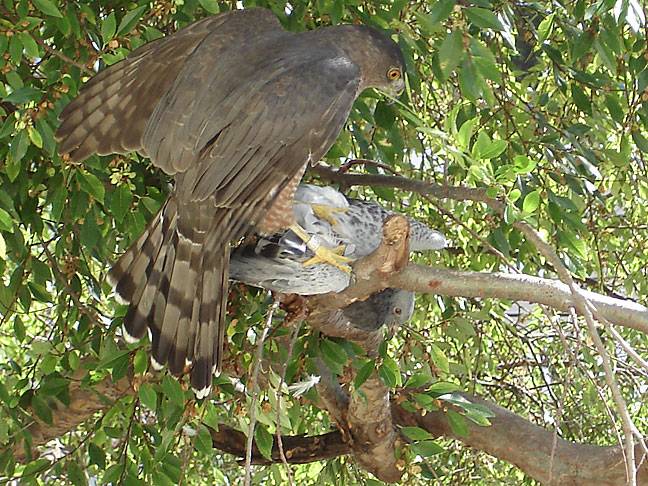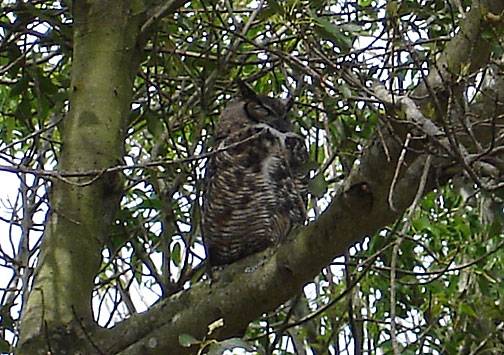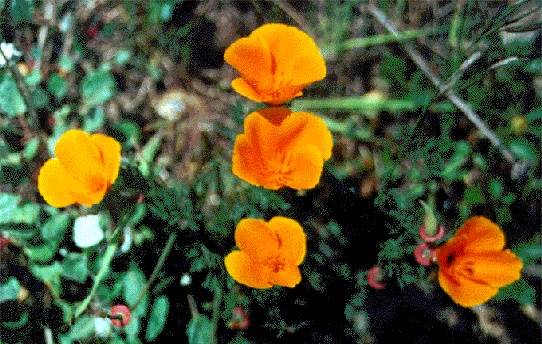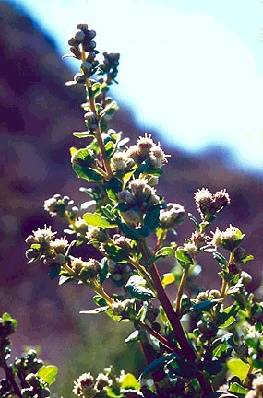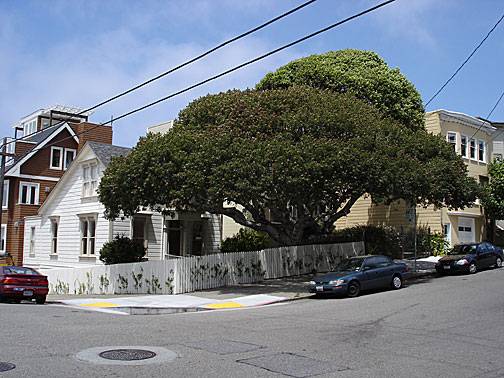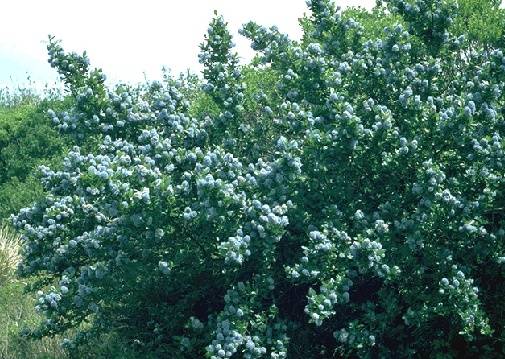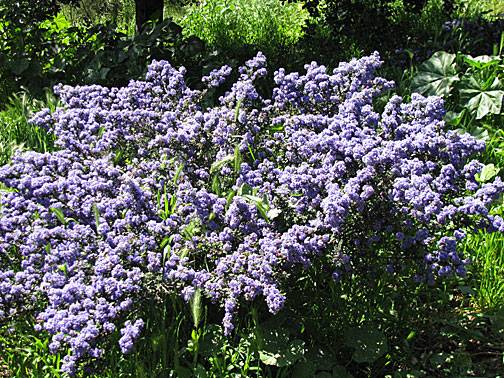San Francisco Endemics: Difference between revisions
No edit summary |
(changed category from Richmond to Richmond District) |
||
| Line 61: | Line 61: | ||
[[Non-Native Invasive Species | Prev. Document]] [[Reptiles | Next Document]] | [[Non-Native Invasive Species | Prev. Document]] [[Reptiles | Next Document]] | ||
[[category:Ecology]] [[category:1940s]] [[category:1990s]] [[category:2000s]] [[category:Presidio]] [[category:Potrero Hill]] [[category:species]] [[category:habitat]] [[category:Mission]] [[category:Richmond]] | [[category:Ecology]] [[category:1940s]] [[category:1990s]] [[category:2000s]] [[category:Presidio]] [[category:Potrero Hill]] [[category:species]] [[category:habitat]] [[category:Mission]] [[category:Richmond District]] | ||
Revision as of 22:34, 27 August 2014
Historical Essay
by Pete Holloran
A Cooper's Hawk devouring a pigeon on Folsom Street near 24th St., 2007.
Photo: Chris Carlsson
Owl dozing at top of Esmeralda Stairway on Bernal Heights ring road, 2006.
Photo: Chris Carlsson
California Poppy
Photo: Margo Bors
Coyote bush (Baccharis silularis) photographed on Bayview Hill
Cirsium Occidentale (Thistle) photographed in Glen Canyon
A rare native California Buckeye in San Francisco, mysteriously surviving at the 22nd Street Caltrain Station in the shadow of I-280.
Another old California Buckeye at Willard North and McAllister, 2007.
Photo: Chris Carlsson
Blueblossom Ceanothus, a surviving native flower.
This Ceanothus is thriving below McKinley Square on Potrero Hill, 2007
Photos: Chris Carlsson
California features more than 5,000 kinds of ferns, conifers, and flowering plants. Of these, about thirty percent are "endemic" -- that is, they are found nowhere else in the world. Some are relatively numerous like the giant sequoia, but it qualifies as a California endemic because it is found nowhere outside the state. San Francisco's share of the state's endemic flora is small but significant. The Franciscan manzanita (Arctostaphylos hookeri ssp. franciscana) and the Presidio manzanita (Arctostaphylos hookeri ssp. ravenii) are true San Francisco endemics: they have never been located outside the city's boundaries. Most of the San Francisco lessingia's (Lessingia germanorum) habitat is in San Francisco, but its range extends into Daly City as well. The Presidio clarkia (Clarkia franciscana) was once thought to be restricted to serpentine grasslands in the Presidio, but in the early 1980s a population was found on serpentine soil in the East Bay Hills. The San Francisco Bay spineflower (Chorizanthe cuspidata var. cuspidata) is widespread on the city's dunes, but it extends into San Mateo and Marin counties. The San Francisco popcornflower (Plagiobothrys diffusus) hasn't been seen in its namesake city for more than sixty years, but it is holding out in Santa Cruz county. The San Francisco campion (Silene verecunda ssp. verecunda), on the other hand, is fairly restricted in nearby counties, but is thriving at the Presidio. After the Presidio manzanita, which is down to the last wild individual, the San Francisco owl's clover (Triphysaria floribunda) is our most endangered species: only a few dozen of this annual plant have been seen during recent surveys. It does persist in greater numbers, however, at Point Reyes.
INSECTS
Less is known about San Francisco's insect life, but a few endemics evolved here in San Francisco. The Xerces blue butterfly (Glaucopsyche xerces) went extinct in the early 1940s as its dune habitat became less hospitable. The San Francisco forktail damselfly (Ischnura gemina) was once common in San Francisco, but its last population recently blinked out. The Mission blue butterfly (Plebejus (=Icaricia) icarioides missionensis) was one of the first insects listed as endangered under the federal Endangered Species Act. It still thrives in the Marin Headlands, Pacifica's Milagra Ridge, and on San Bruno Mountain, but it hasn't been seen on Twin Peaks, its last refuge here in San Francisco, for several years.

